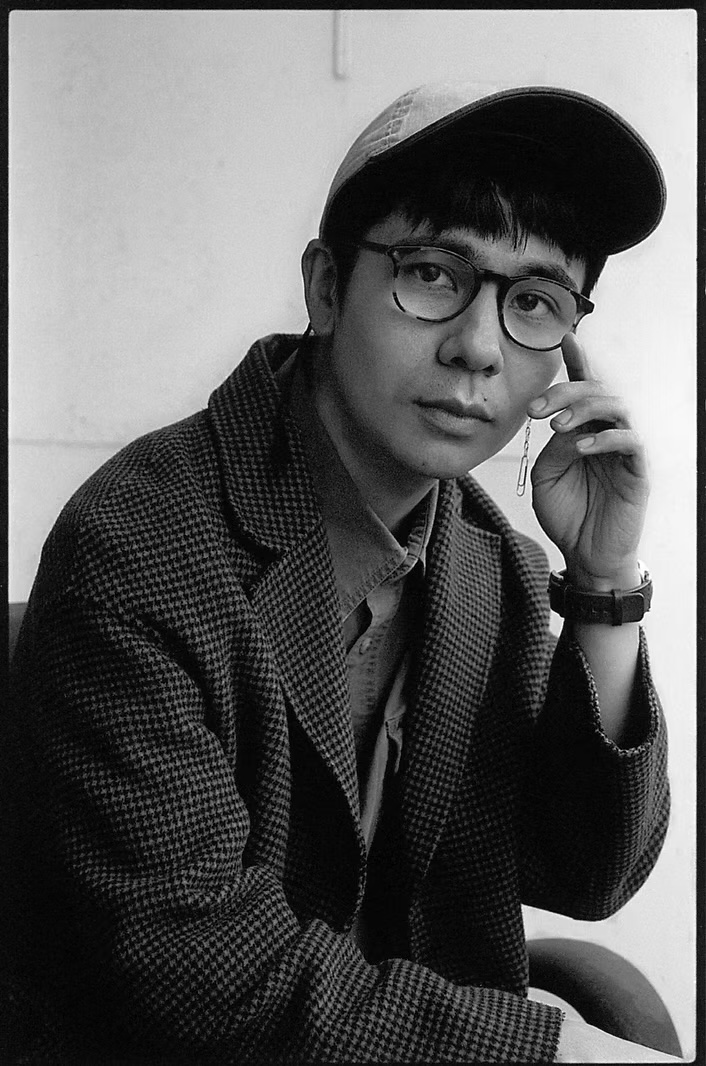
In the summer issue of The Paris Review, read an “Art of Fiction” interview with the French writer Marie NDiaye, an “Art of Poetry” interview with Fanny Howe, and new writing from Joy Williams, Tom Crewe, Anuk Arudpragasm, and more.
4Columns has announced that they will publish their final issue next summer, on June 26, 2026. The online magazine was established in 2016 by a private foundation with the intention of publishing for ten years. 4Columns’s staff write that “while our editorial team has explored myriad ways to see if we could extend the magazine’s lifespan—through grants, fundraising endeavors, subscriptions, etc.—we found no way to do so without compromising our foundational principles: to provide free issues, uncluttered by ads, to our readers; to compensate our writers fairly; and to run the magazine with absolutely no outside editorial interference or pressure.” The magazine’s archive will remain online.
Björk interviews Ocean Vuong in the new issue of BOMB. Discussing his latest novel, The Emperor of Gladness, Vuong tells Björk: “This book has a lot more secret subconscious things in it that I would have edited out if I were a younger writer, or if you and I had never met. I might have been too self-conscious.”
The Yale Review has started publishing a Substack. Back Matter will be “a slightly looser, more conversational way to be part of The Yale Review community”—a companion publication featuring writing prompts, archival finds, reading recommendations, and more.
Granta has announced its forthcoming summer issue: Badlands. For the cover story, William T. Vollmann goes to Ukraine.